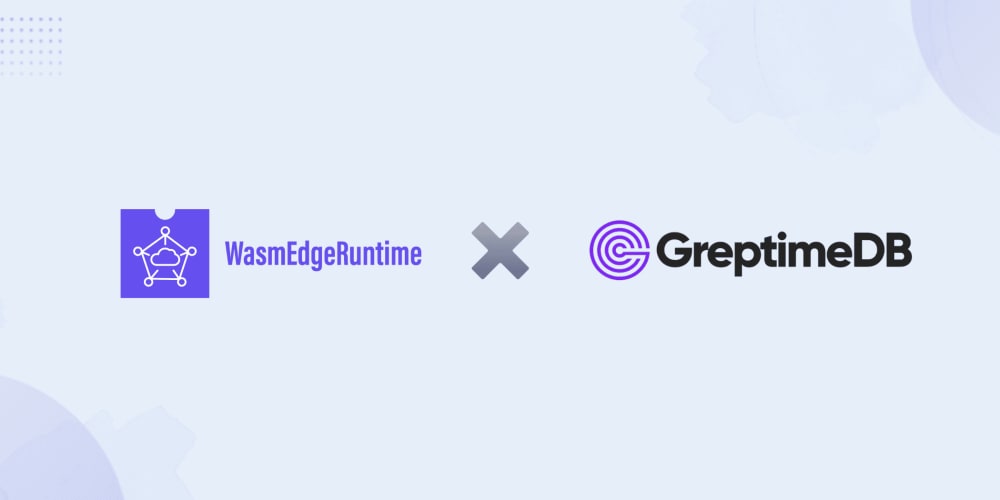利用GreptimeDB和WasmEdge从Rust WebAssembly应用程序中摄取时间序列数据
What is WebAssembly WebAssembly is a new instruction format that offers cross-platform compatibility and execution speeds close to native machine code. By compiling C/C++ or Rust code into...
WebAssembly(Wasm)是一种新的指令格式,可在浏览器中编译C/C++或Rust代码为WebAssembly,提高性能。WasmEdge是CNCF的沙箱项目,扩展了WebAssembly的功能,如TLS、网络和AI能力。文章介绍了安装GreptimeDB和WasmEdge,并展示了使用Rust编写GreptimeDB的WASM应用程序。WasmEdge可与OpenTelemetry SDK一起使用,将指标数据存储在GreptimeDB中。

